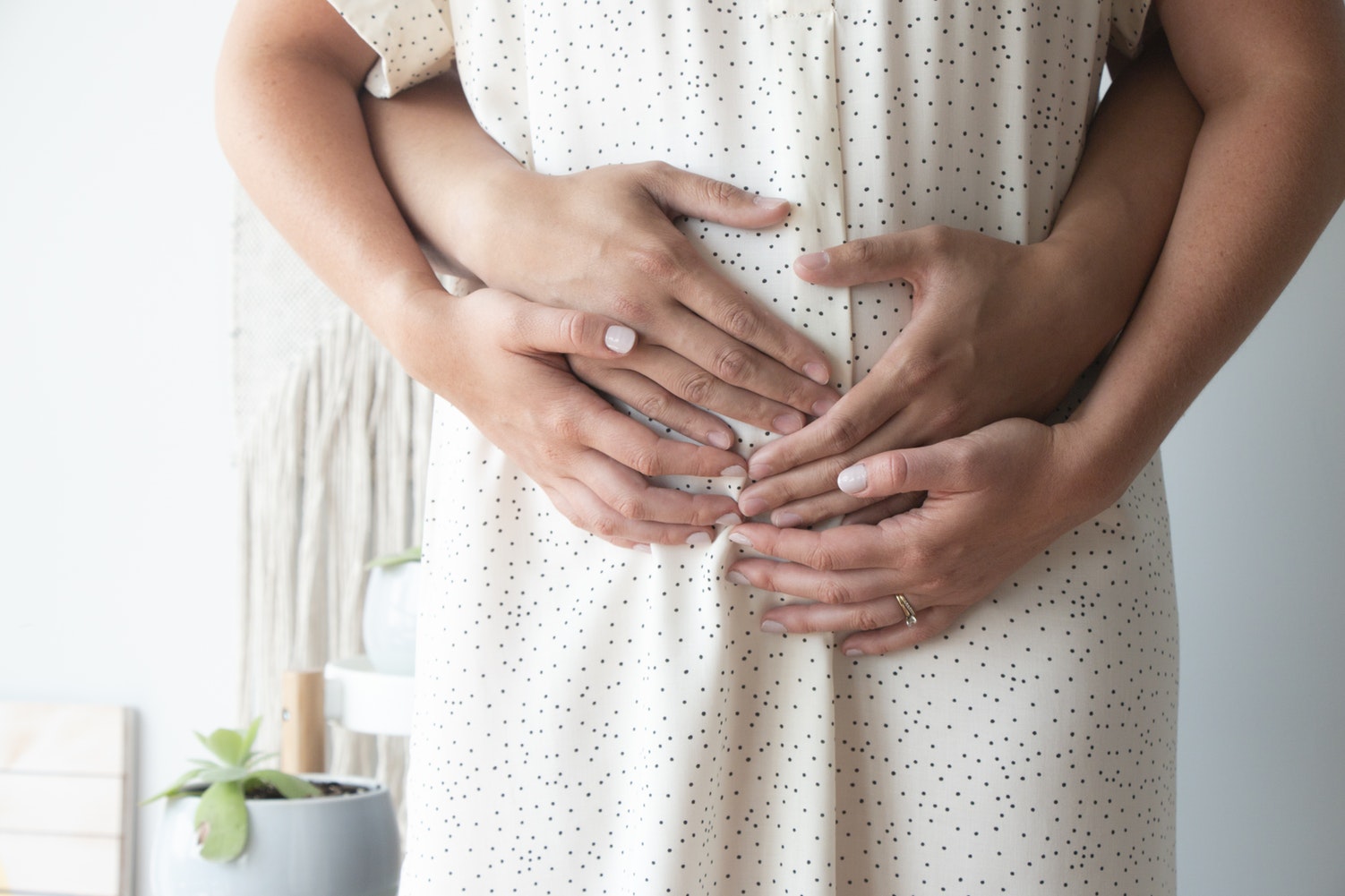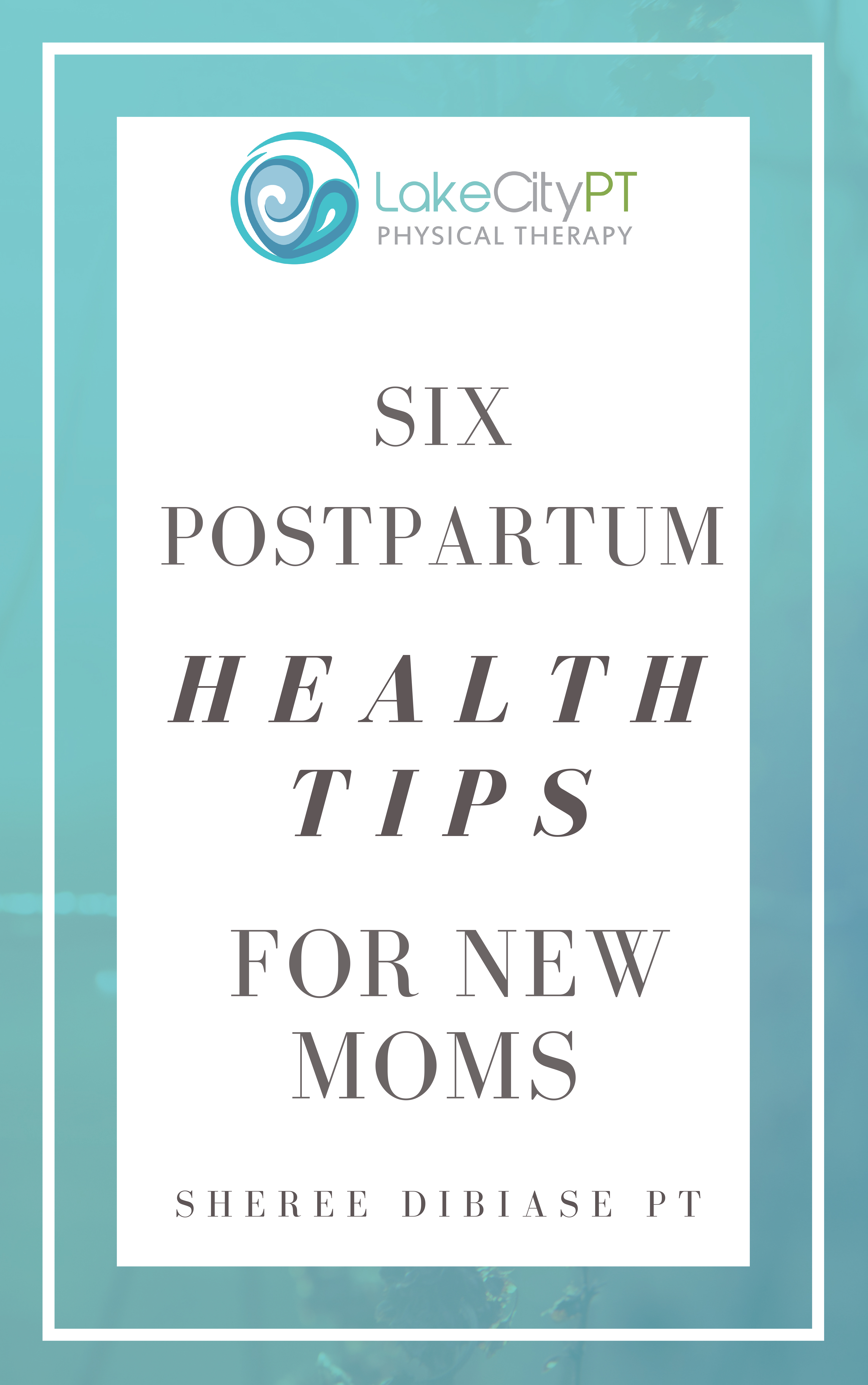Prenatal & Postpartum Physical Therapy

50% of women will experience low back pain during pregnancy and 50% of women loose some pelvic floor function from childbirth (Brubaker 2002). Prenatal and postpartum physical therapy helps reduce the likelihood of these challenges by increasing mobility, increasing strength and reducing pain.
Our team of pelvic floor specialists help make your pregnancy easier and your quality of life better after pregnancy. Prenatal and postpartum is covered by insurance and we will help you get a doctors referral if needed.
Use the form below to schedule an appointment.
How Prenatal Physical Therapy Helps Pregnancy
Prenatal physical therapy allows for the mom to be more comfortable throughout her pregnancy, be more flexible and have greater strength to be able to carry their growing baby. During your appointments we’ll teach you teaches that assist your body in supporting the growing baby.
Prenatal physical therapy teaches postural support for the neuromuscular system so there’s less pain as the body grows and changes. Specifically, prenatal PT decreases back pain and pelvic girdle pain. It also helps muscle stay pliable and flexible so moms have their full mobility while also enabling muscles to be strong enough to carry the weight of the growing baby.
One of the skillsets we’ll teach you is how to identify the floor muscles in your body which allows for you to relax them, making your birth easier. A study found that PT reduces the the first and second stage of labor. This study found that pelvic floor muscle training shortens the first stage by 28 minutes and second stage by 20 minutes — helping reduce average labor time by almost a full hour.
Our prenatal PTs are also able to to identify and communicate potential muscular skeletal challenges that could arise with your OBGYN. We assist OBGYNs by providing a different perspective to pregnancy and helping them monitor pregnancy progress.
Prenatal physical therapy reduces damage to:
- Peripheral nerves
- muscle
- Collegen
- Reduces need for episiotomy
- Increases perineum stretching
- Makes more flexible muscle tissue
How Postpartum Physical Therapy Helps New Moms
After childbirth you can loose up to 50% of your strength in your pelvic floor muscles. This can affect your urination, your bowels and your sexual health. Postpartum physical therapy helps quicken your recovery time after labor and delivery while also reducing pain related to delivery.
Postpartum physical therapy helps the body return to normal faster by assisting tissue healing. This therapy helps the uterus rebound better, re-aligns organs through postpartum propping and helps reduce bloating and fatigue. We teach patients workouts that help strategically engage muscles to help pump fluid.
Strength is lost during pregnancy and birth and postpartum PT helps return strength to prenatal levels. Our team understands the female body and it’s relationship to movement better than anyone in our community. This means if you’re an athlete or someone who is active, you can get back to your sport quicker at a higher level of activity than without postpartum PT.
Download our FREE Ebook: Six Postpartum Health Tips for New Moms

Is physical therapy safe during pregnancy?
Physical therapists understand how the muscular skeletal system should move during pregnancy. They teach moms to be safer by showing them how the body should and shouldn’t be moving. As long as you’re working with a prenatal postpartum physical therapist, therapy is safe during pregnancy.
How Postpartum Physical Therapy Helps Low Back Pain & Pelvic Pain
A common pregnancy woe is low back pain and Pelvic pain. Low back pain is nagging and can be a tiring experience. With prenatal and postpartum physical therapy low back pain can be moderated.
Through relaxation techniques, proper body movements, stretching and strengthening exercises the body can feel better rather quickly.
Below is a summary of some changes that may occur during pregnancy:
First Trimester:
- Low back pain
- Nausea (“morning sickness”)
- Second Trimester:
- Diastasis Recti
- Low back pain
Third Trimester:
- Low back pain
- Frequent urination
- Back pain
- Leg edema
- Fatigue
- Shortness of breath
- Constipation
Back Pain: Back pain may manifest in the lumbar spine, sacro-iliac joints, or lumbo-sacral joint. Commonly, the pubic symphysis is also affected. Back pain may appear in any of the trimesters and may result in sciatica.
Causes: Postural changes to accommodate the growing foetus/uterus, ligament laxity, weak abdominal wall, hormonal influence (relaxin), posterior core muscles or hip muscle tightness, etc.
Treatment: postural evaluation and correction, body mechanics, myofascial release, deep tissue massage, stretching, strengthening
Diastasis Recti: It is the separation of the rectus abdominis muscle from the mid-line; above, at, or below the umbilicus. A separation of 2 cm and more is considered significant. Predisposing factors may include weak abdominal tone or hormonal influence (relaxin) in pregnant women. The diastasis may appear during the second trimester and result in low back pain. A diastasis renders abdominal support weak, and may result in herniation of abdominal contents through the separation.
A diastasis can be corrected with the use of support belts and exercise.
Shortness of Breath: During pregnancy, the growing uterus blocks the descent of the diaphragmatic muscle and by the 3rd trimester results in its elevation (passive) by approximately 4 cm. An elevated diaphragm may result in shortness of breath or dyspnea with mild exertion. Proper posturing, breathing mechanics, and myofascial release can alleviate symptoms.
When a pregnant woman lies on her back, the uterus compresses the diaphragm which increases the pressure on the inferior vena cava. Thus, it is advisable for a woman to lie on her left side or on her back with a rolled towel placed under her right hip. These positions place the least pressure on the blood supply.
We use pregnancy tables and pillows to make your treatment sessions as comfortable as possible.
Post-Partum Care: After childbirth, women should have a follow up with a physical therapist in order to put back on a proper exercise and stretching program. Some women notice changes after childbirth, that might have not been present during pregnancy. Again, these discomforts can be treated.


